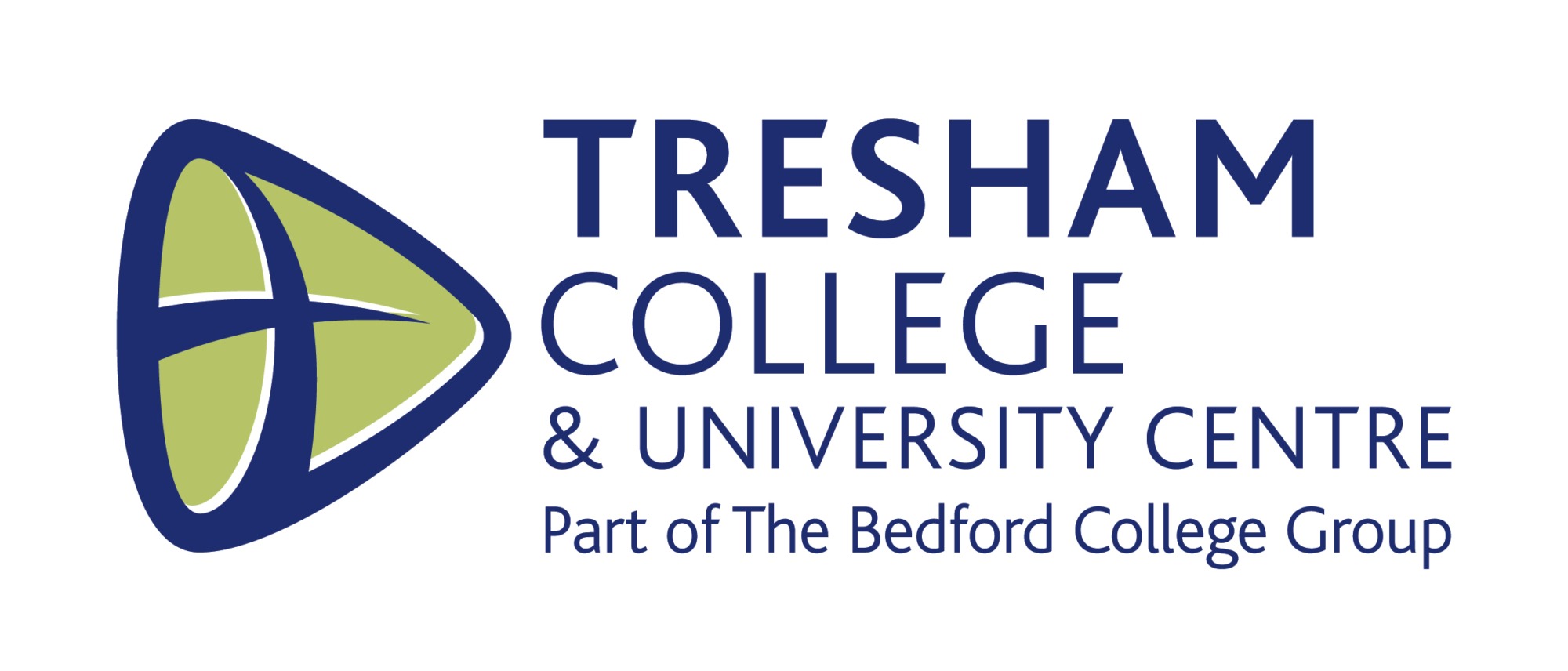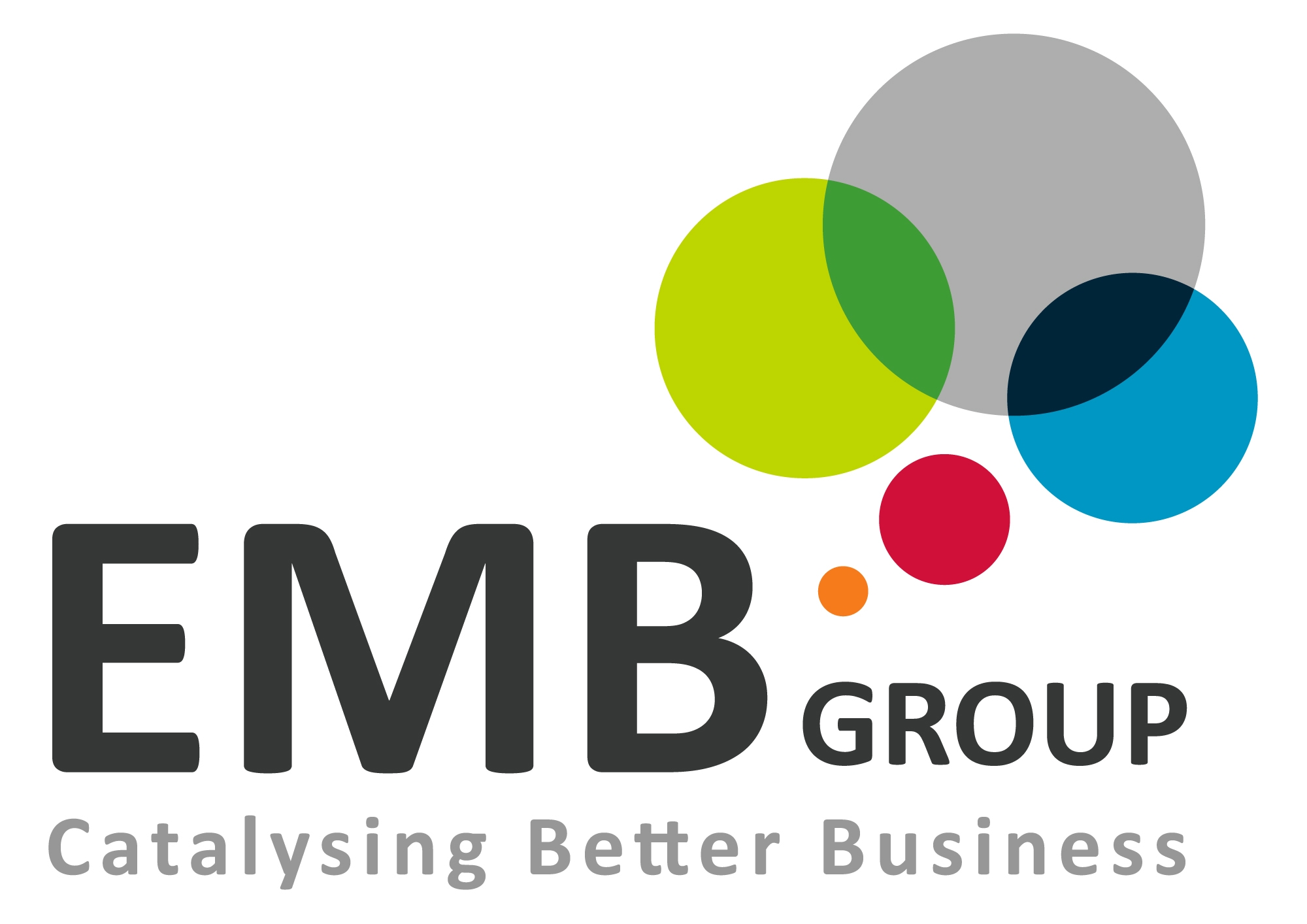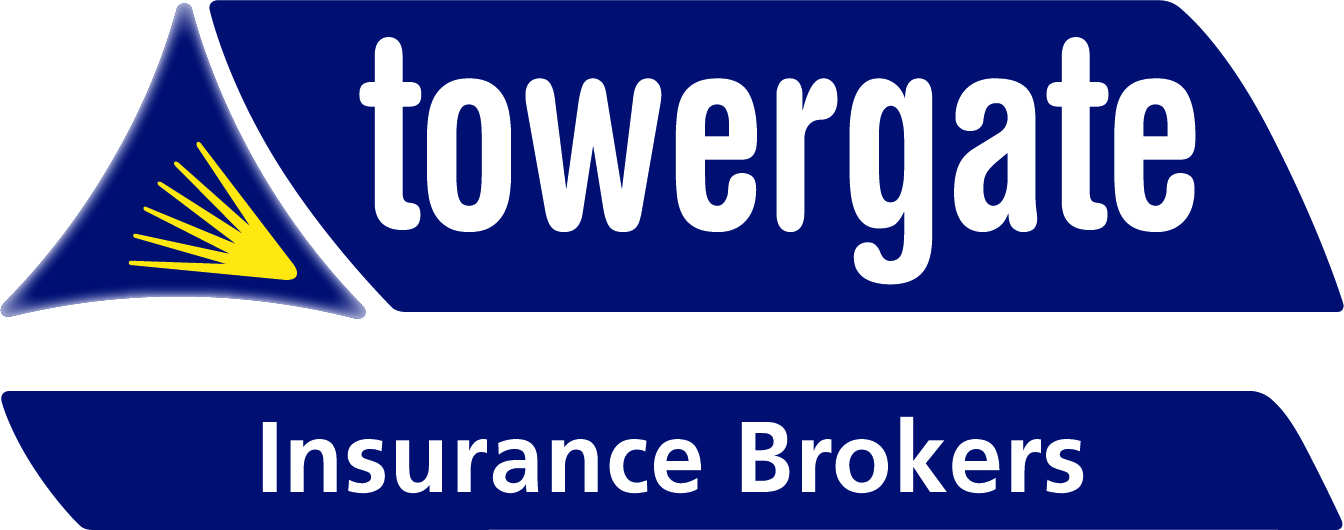

HOW TO MAXIMISE YOUR PENSION CONTRIBUTIONS WHEN ON A LOW SALARY
Blogs
I was chatting to a successful business owner recently who lamented that he couldn’t pay much into pensions because he took most of his income as dividends and only a small salary. He told me that his business had just had a record year. What he didn’t realise was that his company could in fact pay up to £60,000 a year into his pension and the same for his wife as long as she was employed by his business and preferably a shareholder.
As long as his and his wife’s total adjusted incomes aren’t very high i.e. more than £260,000 each including their own pension contributions then their £60,000 annual allowances won’t be reduced by the so-called tapered annual allowance.
Interestingly it is the business that gets the Corporation Tax relief on the pension contributions as long as it has sufficient profits but the calculation of the maximum annual allowance contributions are calculated on the individual.
So how much can an employer pay into an employee’s pension scheme? In theory, there is no maximum but in practice, it is limited to the annual allowance of £60,000 plus any unused annual allowance from the past three tax years for the individual.
Your business’s tax office could deny full tax relief on employer pension contributions but in practice, all such contributions are treated as allowable business expenses in my experience. I have never come across a case where tax relief hasn’t been given.
Let me illustrate this with an example.
Husband and wife, company directors and 50:50 shareholders. Company profits £350,000. Salaries £8,000 each. Dividends £100,000 each. Employer pension contributions £60,000 per director (£120,000 altogether). The director owners have no other income.
In this case, each director will be entitled to the full annual allowance of £60,000 each. The company will get full tax relief at 25% on the pension contributions meaning a Corporation Tax saving to the business of £30,000 (£120,000 x 25%).
There is a further sweetener for the directors. Employer pension contributions remain one of the few remaining tax free benefits in kind to employees.
So as you can see with this example it is possible for a married couple of shareholder directors to pay themselves low salaries and take most of their income as dividends yet still enjoy maximising pension contributions up to the limit of their respective annual allowances. You know it makes sense.*
*RISK WARNING
The value of investments can fall as well as rise. You may not get back what you invest. The information contained within this article is for guidance only and does not constitute advice which should be sought before taking any action or inaction. All information is based on our current understanding of taxation, legislation, regulations and case law in the current tax year. Any levels and bases of relief from taxation are subject to change. Tax treatment is based on individual circumstances and may be subject to change in the future. The Financial Conduct Authority does not regulate tax planning, estate planning, or trusts. This blog is based on my own observations and opinions.
Tony Byrne
Chartered and Certified Financial Planner
Managing Director of Wealth and Tax Management
If you are looking for expert guidance in Financial Planning contact Wealth and Tax Management on 01908 523740 or email wealth@wealthandtax.co.uk


















